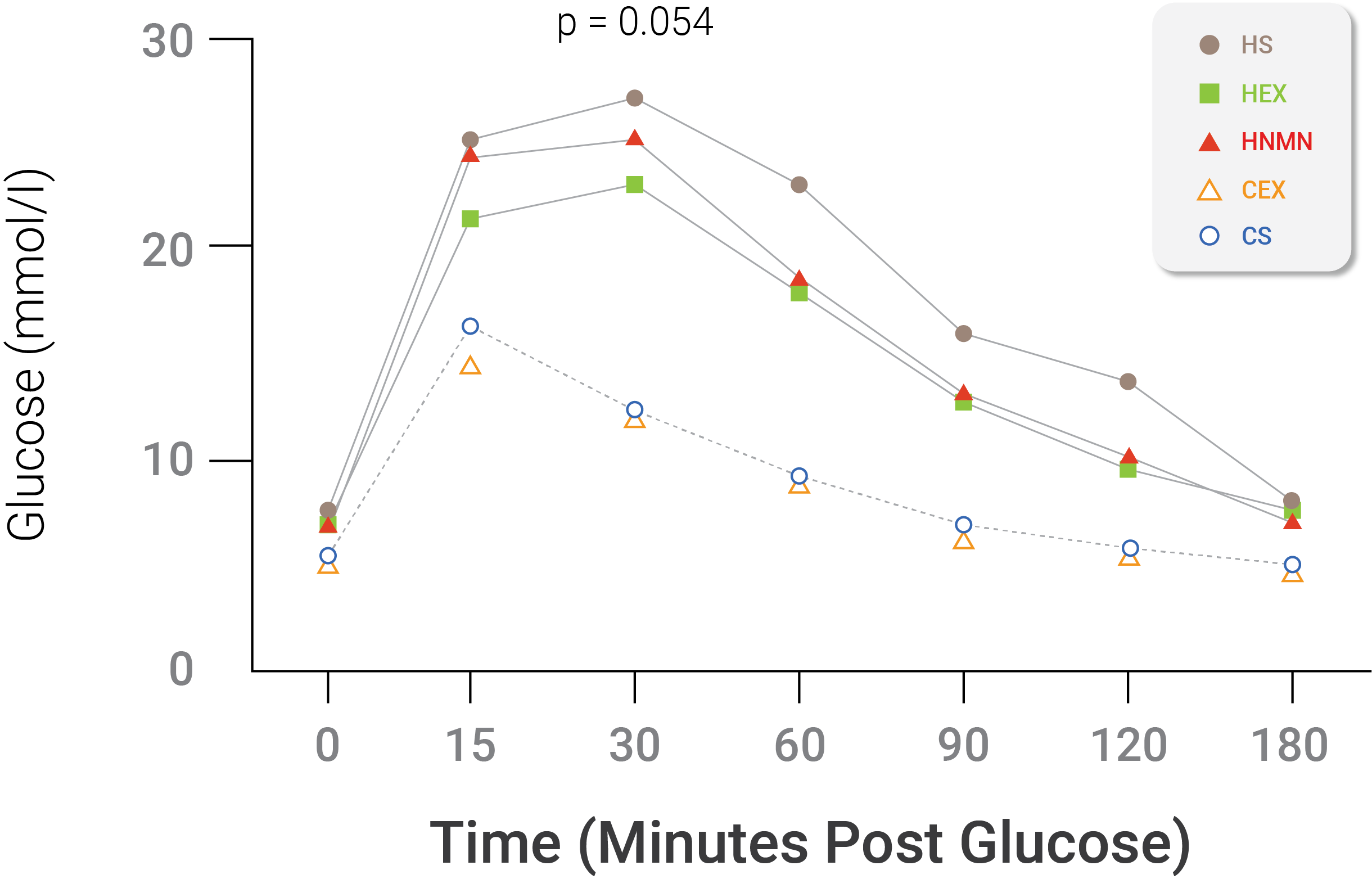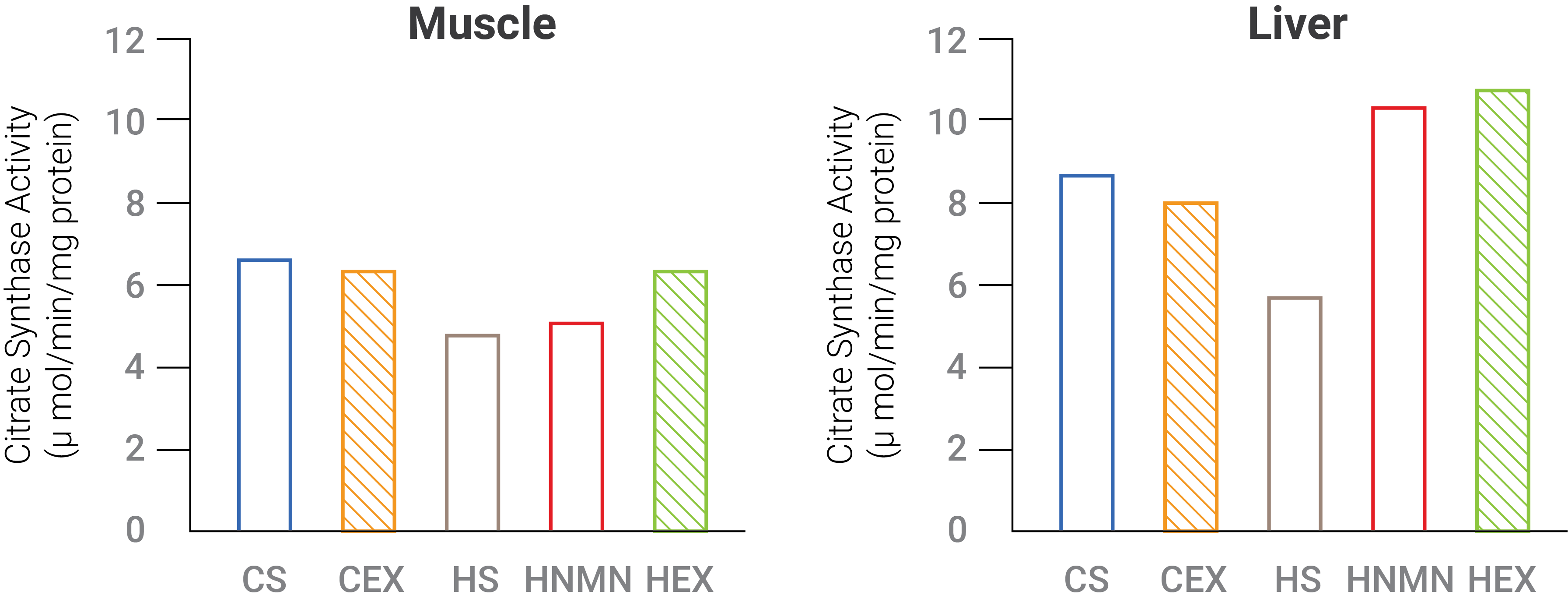Comparing Interventions for Obesity and Being Overweight
A study indicates NMN supplementation and exercise can reverse glucose intolerance, where sugars accumulate in the blood from food intake, but these two interventions have tissue-specific effects on the function of the mitochondria.
In 2016, more than 1.9 billion adults were overweight worldwide, and about 35 percent of them were obese, according to the World Health Organization (WHO). If the current growth rate of the overweight population continues, almost half of the global adult population will be overweight or obese by 2030, according to the McKinsey Global Institute. The growing prevalence of obesity facilitates increased risk of several diseases such as type 2 diabetes, cardiovascular disease and respiratory conditions. The prevalence of overeating and a sedentary lifestyle has increased the importance of developing interventions for obesity and being overweight to improve physiological health and the quality of life.
Interventions that change the function of the cell’s energy-generating powerhouse, the mitochondria, have been proposed to combat diseases from obesity, namely exercise and nicotinamide adenine dinucleotide (NAD+) boosters like nicotinamide mononucleotide (NMN). An important molecule for mitochondria function is NAD+, which plays crucial roles in fundamental biological processes such as energy metabolism, lifespan regulation, and DNA repair. NAD+ levels in tissues throughout the body fall with age and also decreases with obesity. Both exercise and NAD+ supplementation increase NAD+ levels and thereby improve metabolism in obese mice. A team of scientists compared the effects of these two interventions in obese female mice and published their study in Frontiers in Pharmacology.
NMN Alleviates Glucose Intolerance
NMN and exercise boosted NAD+ levels of mice in the study and improved glucose intolerance, where sugars from foods build up in the blood, in high fat diet-induced diabetes and in aged mice. The body’s ability to utilize glucose and clear it from the blood indicated restored metabolism.
According to the study, the two interventions of NMN supplementation and exercise had tissue-specific effects in increasing NAD+ levels in obese, female mice. Measurements of NAD+ levels in muscle and liver indicated NMN injections increased NAD+ levels significantly in both tissues, while exercise increased NAD+ levels in muscle but not liver.

(Uddin et al., 2016 | Frontiers in Pharmacology) Glucose levels were significantly reduced in obese, female mice following the two interventions, NMN supplementation and exercise.
In muscle, only exercise improved measurements of mitochondria numbers, while in liver, both exercise and NMN led to significantly increased mitochondria count. To investigate these effects of NMN supplementation on cellular generation of mitochondria in obese female mice, the team of scientists measured citrate synthase activity, a cellular marker of mitochondria. Increased numbers of mitochondria indicate an enhanced ability of these tissues to generate cellular energy.

(Uddin et al., 2016 | Frontiers in Pharmacology) NMN supplementation and exercise increased levels of a marker of mitochondria, citrate synthase, in the liver, but only exercise increased this marker in muscle.
“In our study both exercise and NMN were shown to partly ameliorate the pathophysiology of [high fat diet]-induced obesity in female mice. However, the two interventions have tissue-specific differences in their alteration of mitochondrial biogenesis and function,” stated the scientists in their study.
NMN Treatment for Liver Disease
The differences in effects of NMN treatment and exercise in obese, female mice have implications for the use of NMN in treating obesity and fatty liver disease. The researchers noted that NMN treatment resulted in more extensive changes in markers for mitochondrial function in the liver than in muscle, so NAD+ boosting therapies may be more effective for treating obesity-related liver diseases like non-alcoholic fatty liver disease.

